Ponytail Palm brown leaves
Kate
7 years ago
Featured Answer
Sort by:Oldest
Comments (22)
Related Discussions
ponytail palm - yellow at the top of leaves
Comments (2)Hello there, you may find more help for your tree in the regular house plant forums. Ponytail palms are not true bonsai just because they appear to be a large tree in a small pot. I don't have any experience under my belt, however I recently purchased 7 of these - saving them from a "Big Lots" store in Florida. I have done some research and would like to say first.... lay off the watering. These trees store water in their bulbish trunks and some can go a year without receiving water (I imagine based on the size of the bulb). The yellowing of the leaves could be due to improper soil, air pockets, lack of sunlight or possibly over-watering. They really don't need much fertilizer, read up on this before attempting to fertilize, I do know they should receive liquid fertilizer and a very weak solution only every 3 months or so from what I have read about them so far. Again, try the houseplant forums as that is where I will be going for more information. Good Luck....See MorePonytail palm with bent leaves
Comments (15)Polly, you're right. While working at HD, one 5-6' long-very curly leaf PT was shipped to our store..It was the second prettiest PT I'd seen. 40.00. If I had more room, it would have moved in w/us. :) Country..PT's are full-sun lovers, but I doubt your PT is without light. When foliage grows 'x' long, leaves start to bend..bend isn't the correct word..When you first described your PT, I thought the leaves were lying down, or creased in the center. Your PT looks great to me. Larry...Pregnant Onions foliage is thicker than PT's. Country has a B. Pony Tail. Toni...See Moreponytail palm tree stem rot / browning
Comments (3)Sam First problem (most likely) is poor drainage. Is that saucer attached to the pot? They don't drain very well. Watering ..." it here and there in small amounts"... isn't so good. Plant should be watered thoroughly, with any excess water draining out of pot and discarded (not letting to sit in saucer - it will be absorbed back to already wet soil). If you already know the soil is wet 'inside', that is sign of too much water being retained by the soil. Plant is, possibly' sitting in a 'muck' and the roots can't breathe. This is surest way of destroying the plant and quite often one doesn't realize what is happening - giving it more water 'cause it looks thirsty. If soil is very peaty, it is even easier to miss the signs since it will be very dry on the surface. Well draining potting medium and well draining pot will allow proper watering and good aeration. I do not grow this plant, but these are general rules......See MoreWhy do my Ponytail palm leaves have a kink or break"?
Comments (6)The link you posted doesn't work for me, it just brings me to the Home Designs forum. Could you repost it or give me the name of the thread? Of course, if it's the one I started some weeks ago, never mind... Anyhow, last winter I was told that the ponytail palm I'm taking care of didn't need any light and needed very infrequent watering until growing season, but around early April the caudexes were soft and the leaves kinked terribly. A few good soaking restored the caudexes, but about half the kinked leaves broke off at the kinks, some are still kinked but not actually broken, and maybe a third are undamaged. I'm giving it more light, but although the leaves are getting stronger I have to settle for artificial light until the partly-kinked leaves are strong enough to withstand being moved back and forth between the windows (which only get 3-4 hours of sun) and the light fixtures. So do pay attention to the light requirements--this plant really needs it!...See MoreKate
7 years agoKate
7 years agoKate
7 years agoKate
7 years agoKate
7 years agolast modified: 7 years agocactusmcharris, interior BC Z4/5
7 years agolast modified: 7 years agoKate thanked cactusmcharris, interior BC Z4/5Kate
7 years agocactusmcharris, interior BC Z4/5
7 years agoewwmayo
7 years agoUser
7 years agoRita W
5 years agoKate
5 years agoMary Kismet
3 years agos g
3 years agoLolo Lolo
3 years agoJessie Eoff
last yearTiffany, purpleinopp Z8b Opp, AL
last year
Related Stories
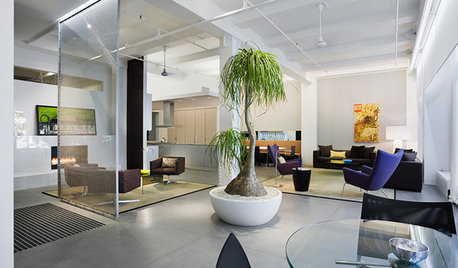
HOUSEPLANTSGot Bright Light but Lack Spare Time? Try Ponytail Palm
This low-maintenance houseplant has an exotic look and a drought-tolerant nature. Just give it lots of sun
Full Story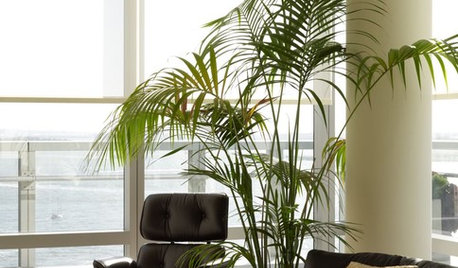
DECORATING GUIDESPalm Trees Take Interiors on a Tropical Vacation
Conjure a sultry vibe or bring welcome life to modern rooms. Whatever your interior design style, palm trees are the ticket to enhancing it
Full Story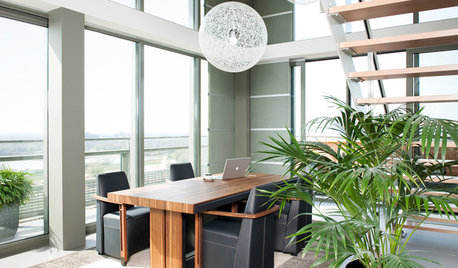
HOUSEPLANTSMeet a Palm That's Fine With Fluorescent Light
Get the look of the tropics without the full-on sun and high humidity — parlor palm tolerates regular indoor conditions with aplomb
Full Story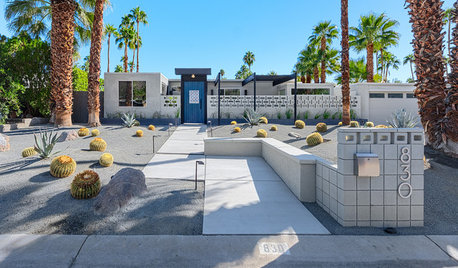
MODERN HOMESHouzz Tour: A Palm Springs Midcentury Home With Central American Flair
A couple’s desert oasis home takes its style cues and color inspiration from Guatemala
Full Story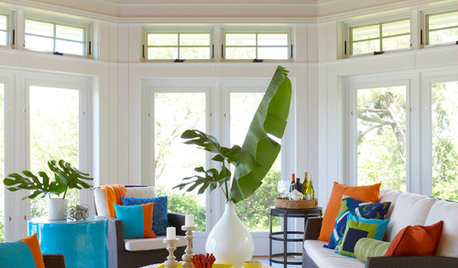
TROPICAL STYLEEasy Decorating: Turn Over a New, Tropical Leaf
Toss a palm frond in a vase or gather a whole bouquet — fresh or preserved tropical leaves bring on the exotic with almost no effort
Full Story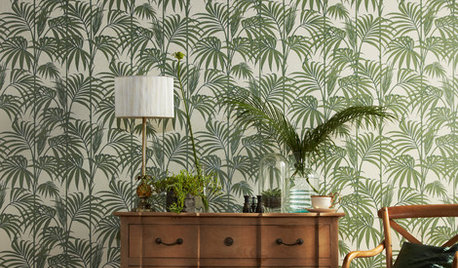
TROPICAL STYLE11 Ways With Tropical Wallpaper
Palm fronds, banana leaves and other tropical botanical patterns can add a lush, exotic atmosphere to any room
Full Story
GREENColor Combinations: Brown and Green
Take Your Cue from Nature for the Most Classic Color Combination of All
Full Story
HOUSEPLANTSOne Pot, One Big Shot of the Tropics
Give your rooms exotic flair in a single stroke. Tall Kentia palm fits the tropical bill beautifully
Full Story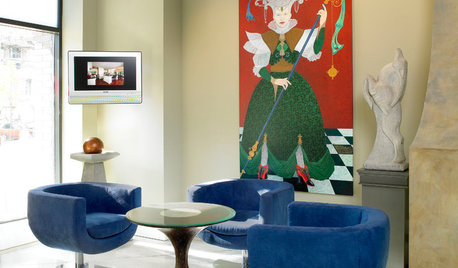
GREEN DECORATINGGo Cuckoo for Coconut Furniture and Surfaces
Crack open a lesser-known ecofriendly design option: tiles, flooring, tables and more made from coconut shell and palm wood
Full Story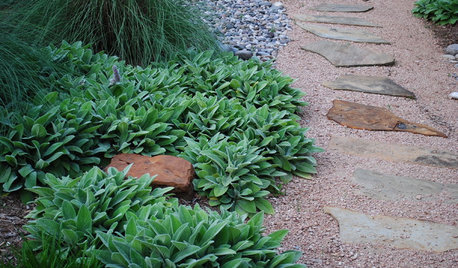
SAVING WATERLush Gardens With Low Water Needs
Drought tolerant doesn’t have mean spindly, brown and thorny
Full Story



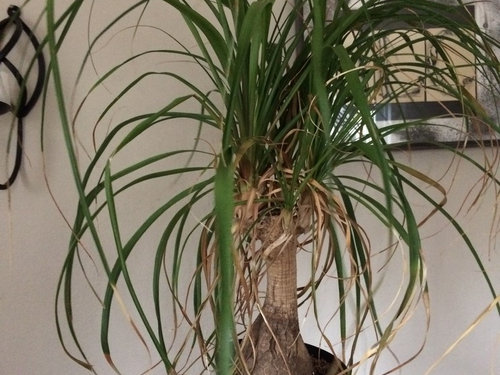
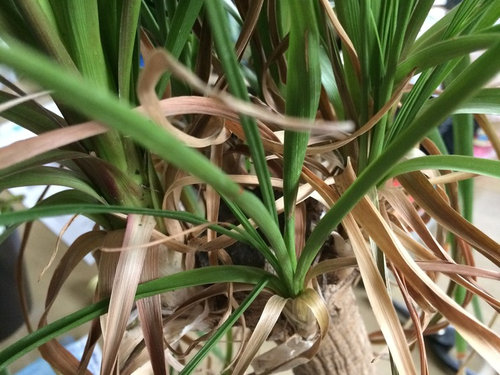
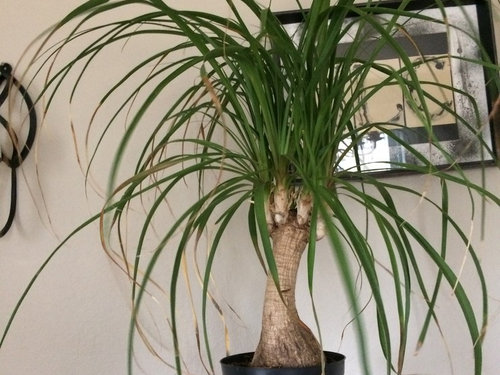



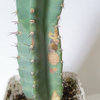
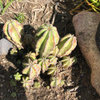

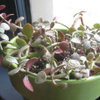
KateOriginal Author